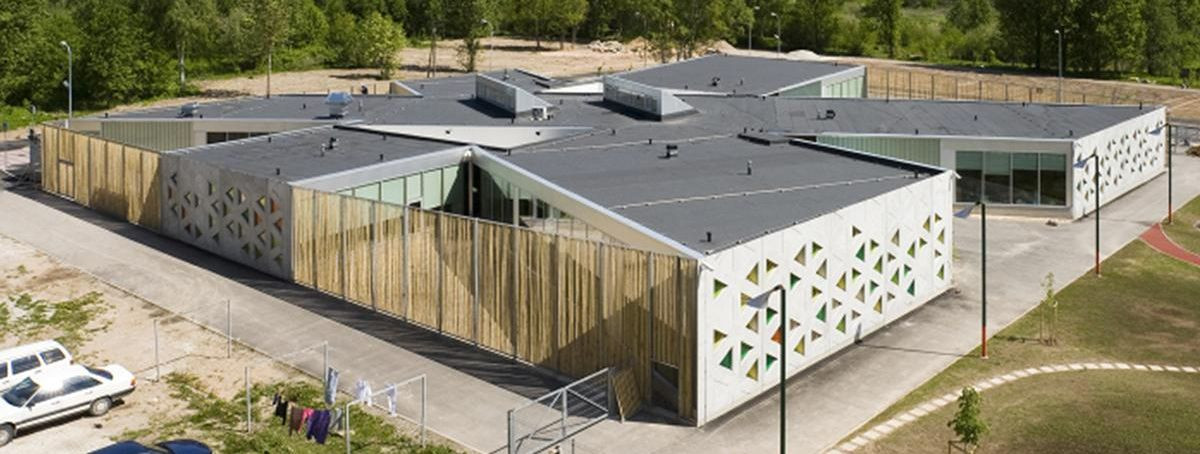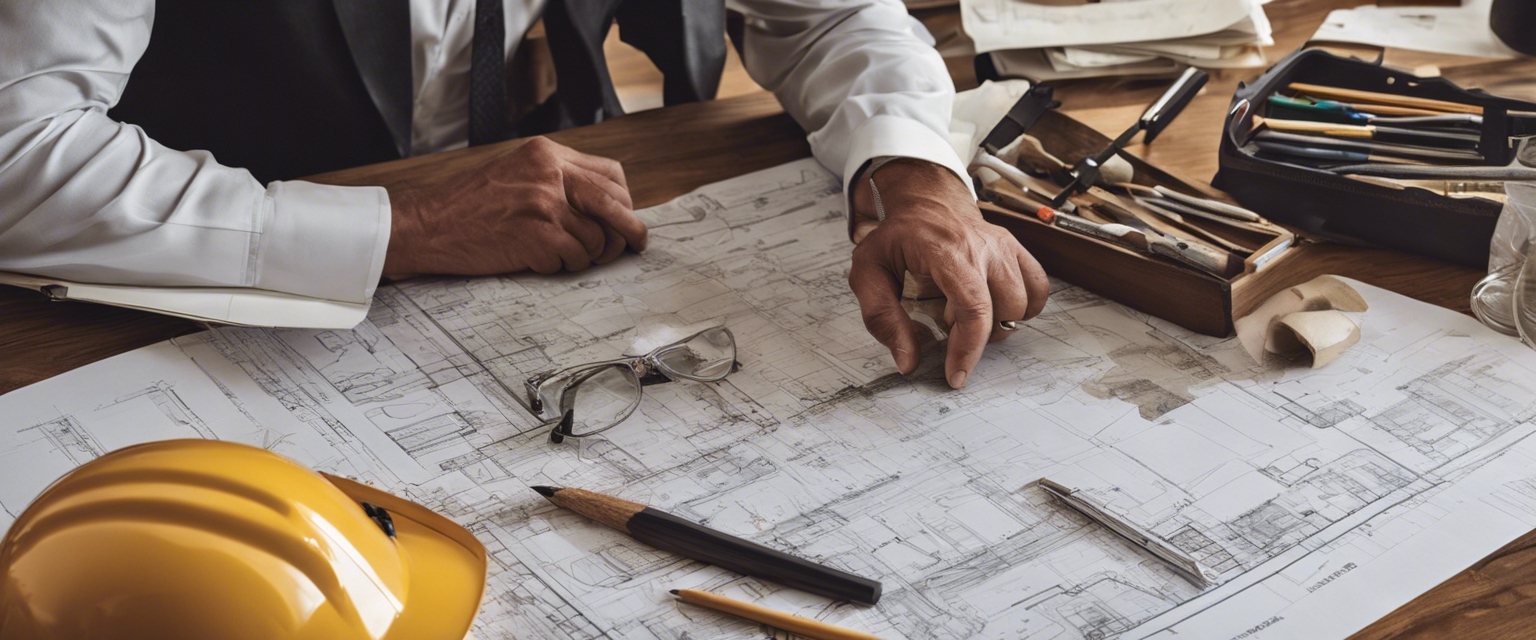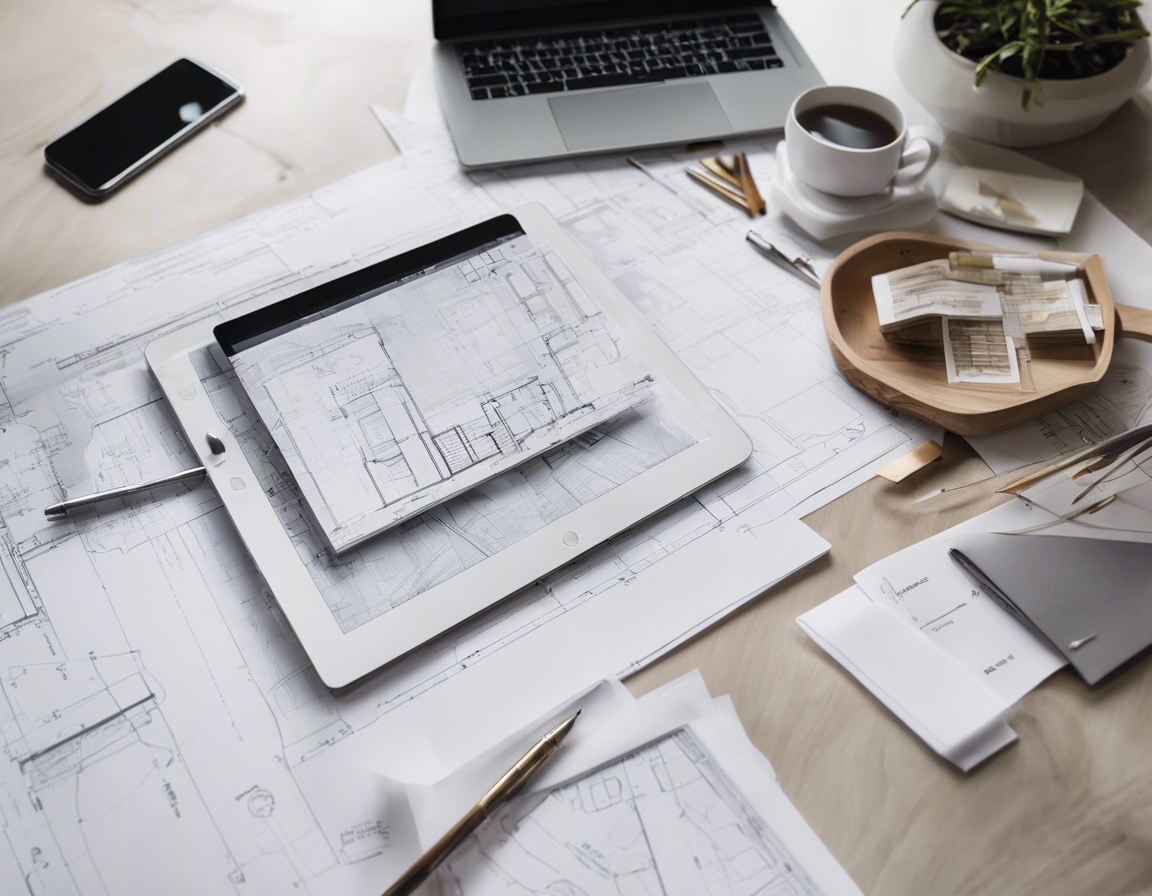Sustainable architecture: building with the environment in mind
Sustainable architecture is a design philosophy that seeks to minimize the negative environmental impact of buildings by enhancing efficiency and moderation in the use of materials, energy, and development space. The importance of sustainable architecture lies in its potential to reduce carbon footprints, conserve natural resources, and create healthier living environments.
The concept of sustainable architecture has evolved from early practices of building with local materials and passive solar design to today's high-tech green solutions. This evolution reflects a growing awareness of environmental issues and a shift towards more responsible building practices.
Principles of Sustainable Architecture
Energy efficiency is at the core of sustainable design, with strategies including proper building orientation, insulation, energy-efficient appliances, and LED lighting.
Choosing materials that are non-toxic, sustainably produced, and recyclable is essential for reducing the environmental impact of buildings.
Water-saving fixtures, rainwater harvesting systems, and efficient landscaping are key components of water conservation in sustainable architecture.
Ensuring good indoor air quality and access to natural light are important for the health and well-being of occupants.
Responsible site selection and design should enhance the local community and biodiversity, and connect with local infrastructure and transportation.
Strategies for Sustainable Architectural Design
Integrating solar panels, wind turbines, and other renewable energy sources reduces reliance on fossil fuels and can lead to energy independence.
Green roofs and living walls offer insulation, reduce urban heat islands, and provide space for biodiversity.
Biophilic design connects occupants with nature, using natural elements to improve mental and physical health.
Adapting and reusing existing structures reduces waste and resource consumption, extending the life cycle of buildings.
Technological Innovations in Sustainable Architecture
Smart technologies enable buildings to adapt to occupant behavior and environmental conditions, optimizing energy use and comfort.
New materials such as self-healing concrete and aerogels contribute to the sustainability and efficiency of buildings.
Using CAD and simulation tools, architects can optimize designs for energy performance and environmental impact before construction begins.
Challenges and Opportunities in Sustainable Architecture
While regulations can be challenging, they also offer incentives for sustainable building practices.
Although initial costs may be higher, the long-term savings and ROI from sustainable buildings are significant.
Educating clients and the public about the benefits of sustainable architecture is crucial for its widespread adoption.






Comments (0)